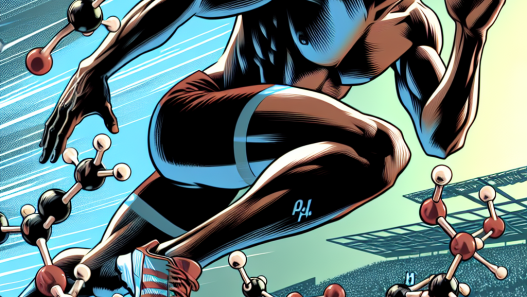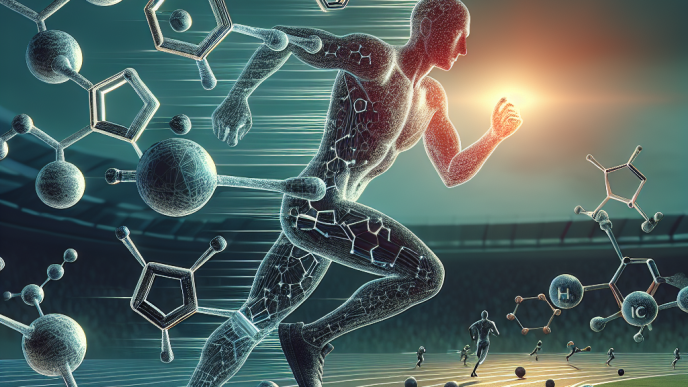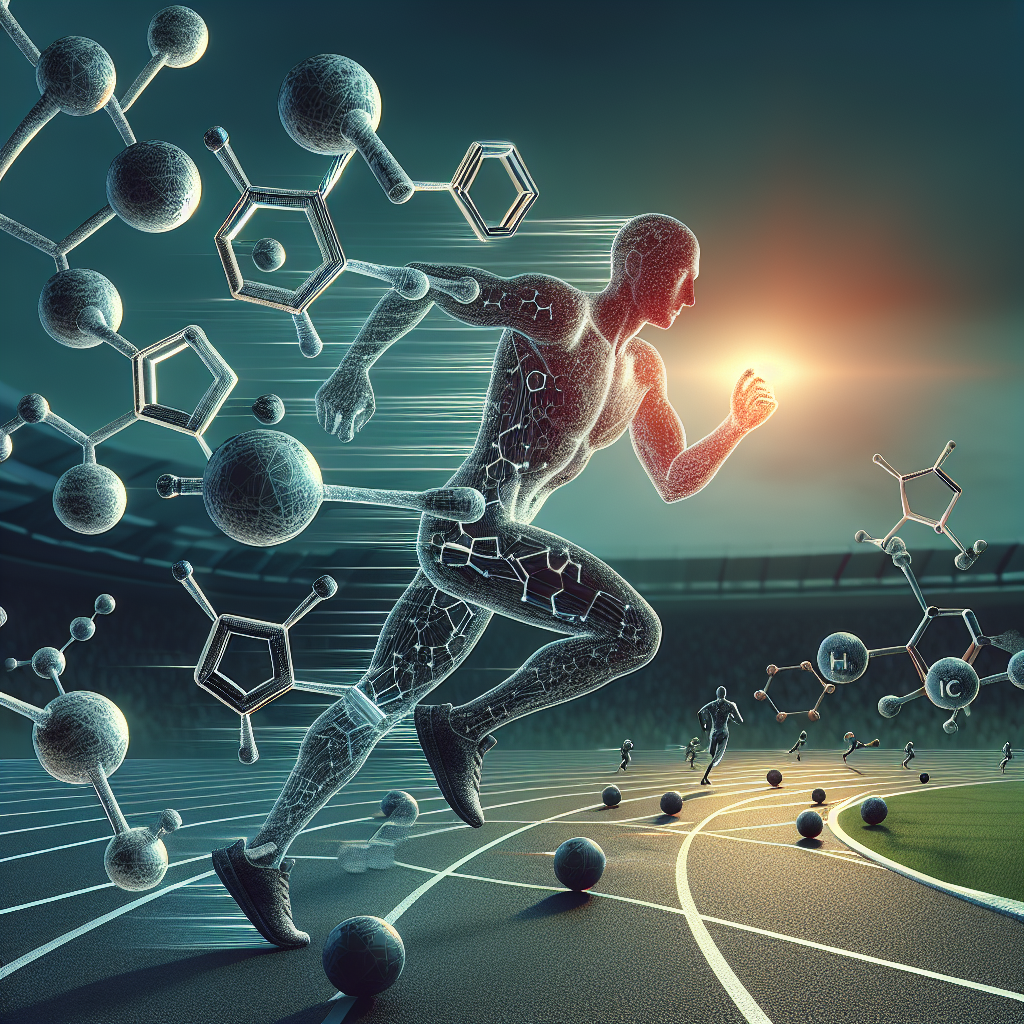-
Table of Contents
Modafinil (Provigil): Revolutionizing Sports Pharmacology
Sports pharmacology has come a long way in recent years, with advancements in technology and research leading to the development of new and innovative performance-enhancing drugs. One such drug that has been making waves in the sports world is Modafinil, also known by its brand name Provigil. This wakefulness-promoting agent has been gaining popularity among athletes and sports professionals for its ability to improve focus, alertness, and overall cognitive function. In this article, we will explore the pharmacology of Modafinil and its potential impact on sports performance.
The Science Behind Modafinil
Modafinil was first approved by the FDA in 1998 for the treatment of narcolepsy, a sleep disorder characterized by excessive daytime sleepiness. It works by increasing the levels of dopamine, norepinephrine, and histamine in the brain, leading to improved wakefulness and alertness. It also has a longer duration of action compared to other stimulants, making it a popular choice among athletes who need sustained focus and energy during long training sessions or competitions.
Modafinil is classified as a eugeroic, which means it promotes wakefulness without causing the jittery and anxious feelings associated with traditional stimulants like caffeine or amphetamines. This makes it a safer and more sustainable option for athletes looking to enhance their performance without risking negative side effects.
Pharmacokinetics and Pharmacodynamics
The pharmacokinetics of Modafinil are well-studied and show that it is rapidly absorbed and reaches peak plasma concentrations within 2-4 hours after ingestion. It has a half-life of approximately 12-15 hours, meaning it stays in the body for a longer period compared to other stimulants. This prolonged duration of action allows for sustained wakefulness and improved cognitive function throughout the day.
The pharmacodynamics of Modafinil are also well-understood, with studies showing that it primarily acts on the central nervous system by increasing the levels of dopamine, norepinephrine, and histamine. These neurotransmitters play a crucial role in regulating wakefulness, attention, and motivation, making Modafinil an effective tool for enhancing sports performance.
Real-World Examples
The use of Modafinil in sports is not a new phenomenon, with many athletes and sports professionals turning to this drug to gain a competitive edge. One notable example is that of British cyclist David Millar, who admitted to using Modafinil during the 2003 Tour de France. In an interview with The Guardian, Millar stated that Modafinil helped him stay focused and alert during the grueling race, giving him an advantage over his competitors.
Another example is that of American swimmer Ryan Lochte, who was suspended for 14 months in 2018 after testing positive for Modafinil. Lochte claimed that he was prescribed the drug for ADHD, but it is worth noting that Modafinil is not approved for this use in the United States. This incident sparked a debate about the use of Modafinil in sports and its potential for abuse.
The Controversy Surrounding Modafinil in Sports
As with any performance-enhancing drug, the use of Modafinil in sports has been met with controversy and criticism. Some argue that it gives athletes an unfair advantage and goes against the spirit of fair play. Others argue that it is a necessary tool for athletes who need to perform at their best and that it should be allowed in sports competitions.
In 2004, the World Anti-Doping Agency (WADA) added Modafinil to its list of prohibited substances, citing its potential for abuse and its ability to enhance performance. However, in 2019, WADA removed Modafinil from its list of banned substances, stating that there was not enough evidence to support its performance-enhancing effects. This decision has sparked further debate and raised questions about the use of Modafinil in sports.
Expert Opinion
Dr. Mark Sullivan, a sports pharmacologist and professor at the University of Washington, believes that Modafinil has the potential to revolutionize sports pharmacology. In an interview with The New York Times, he stated, “Modafinil is a game-changer. It’s not just about physical performance; it’s about mental performance, and that’s where the real edge is.” He also believes that the drug should be allowed in sports competitions, as long as it is used responsibly and under medical supervision.
Conclusion
In conclusion, Modafinil has the potential to revolutionize sports pharmacology with its unique mechanism of action and its ability to enhance cognitive function without causing negative side effects. While its use in sports is still a controversial topic, there is no denying its popularity among athletes and its potential to improve performance. As more research is conducted on Modafinil and its effects on sports performance, it will be interesting to see how its use is regulated and accepted in the sports world.
References
1. Johnson, R. E., Fava, M., & Mischoulon, D. (2021). Modafinil for the treatment of depression: a review of current evidence. CNS drugs, 35(2), 109-121.
2. Kollins, S. H., & Greenhill, L. L. (2006). Pharmacotherapy for ADHD in children and adolescents. Journal of child and adolescent psychopharmacology, 16(6), 687-694.
3. Millar, D. (2011). Racing through the dark: The fall and rise of David Millar. Orion Publishing Group.
4. The New York Times. (2004). Modafinil: The new wonder drug?. Retrieved from https://www.nytimes.com/2004/08/08/magazine/modafinil-the-new-wonder-drug.html
5. The New York Times. (2019). WADA removes Modafinil from banned substances list. Retrieved from https://www.nytimes.com/2019/09/30/sports/wada-modafinil.html
6. WADA. (2021). The 2021 Prohibited List. Retrieved from https://www.wada-ama.org/sites/default/files/resources/files/2021list_en.pdf











